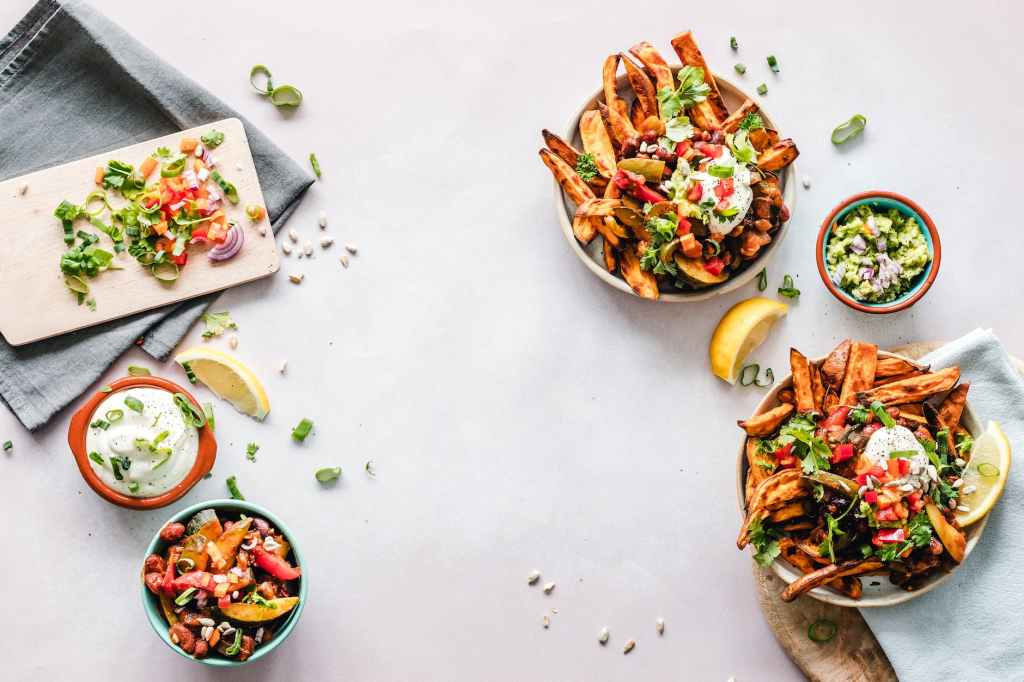Processed Foods vs. Home-Cooked Meals: Unraveling the Debate
What Are Processed Foods?
Processed foods encompass a wide range of items, from canned beans to frozen fruits and yogurt. But what exactly qualifies as “processed”? The US government defines it as any food that has undergone alteration beyond basic cleaning or removal of dirt and leaves. This includes pasteurized milk, prewashed salad greens, and even oatmeal. Essentially, if it’s been modified from its original state, it’s considered processed.
The Good Side of Processed Foods: Convenience and Safety
• Convenience: Processed foods offer unparalleled convenience. Think about those pre-cut baby carrots or frozen vegetables that save precious prep time. They encourage healthier snacking choices, replacing chips and cookies.
• Safety: Contaminants are removed or destroyed during processing. Pasteurized milk is safer than unpasteurized, and prewashed salad greens are free from dirt. Plus, many processed foods have extended shelf lives, reducing spoilage risks.

Nutrient Retention and Accessibility
• Nutrient Availability: Cutting and chopping produce can make nutrients more accessible by breaking down cell walls. Freezing locks in nutrients, making frozen fruits and veggies a year-round nutritional boon.
• Heat and Nutrients: Heat, whether from cooking or canning, can enhance nutrient availability. For instance, canned tomatoes contain more accessible lycopene than fresh ones.
• Affordability: Processed foods tend to be cheaper due to lower production costs. However, this doesn’t always translate to healthiness. Healthier options can be three times more expensive than highly processed foods rich in salt, sugar, and fat.
Let’s explore the potential risks associated with consuming processed foods:
- Nutrient Loss: Processing can strip foods of essential nutrients. For instance:
- Vitamins and Minerals: Heat during cooking or canning can degrade vitamins like vitamin C. Minerals may also leach into cooking water.
- Fiber: Refined grains lose fiber during processing, affecting digestive health.
- High Sugar, Salt, and Fat Content:
- Many processed foods are loaded with added sugars, excessive salt, and unhealthy fats. These contribute to health issues like obesity, hypertension, and heart disease.
- Hidden Sugars: Even seemingly healthy items (like yogurt or cereal) may contain hidden sugars.
- Additives and Preservatives:
- Preservatives: While they extend shelf life, some preservatives (like sodium nitrite) have been linked to health concerns.
- Artificial Additives: Colorings, flavor enhancers, and stabilizers are common in processed foods. Some may cause allergic reactions or other adverse effects.
- Caloric Density and Portion Control:
- Processed foods are often calorie-dense. Large portions can lead to overeating and weight gain.
- Mindless Snacking: Convenient snacks encourage mindless consumption.
- Processed Meats and Health Risks:
- Processed meats (like bacon, sausages, and deli meats) are associated with increased risk of colorectal cancer.
- Nitrates and Nitrites: These compounds, used as preservatives in processed meats, may contribute to cancer risk.
- Lack of Variety:
- Relying heavily on processed foods can limit dietary diversity. A varied diet ensures a broader range of nutrients.
- Environmental Impact:
- Mass production of processed foods often involves resource-intensive practices and contributes to food waste.
Balancing Act: While processed foods offer convenience, it’s crucial to strike a balance. Opt for minimally processed options, read labels, and prioritize whole, fresh foods whenever possible. Remember, moderation is key!

Home-Cooked Meals: The Nutritional Advantage
• Fresh Ingredients: Home-cooked meals often use fresh ingredients, which are naturally higher in nutrients compared to heavily processed foods.
• Control Over Ingredients: When you cook at home, you decide what goes into your meal. Portion sizes and ingredient choices become your domain.
• Caloric Control: Home-cooked meals are generally lower in calories than their fast-food counterparts.
• Healthier Choices: You can opt for whole grains, lean proteins, and fresh produce, avoiding excessive salt, sugar, and unhealthy fats.
The Verdict
Both processed foods and home-cooked meals have their place. Processed foods offer convenience and safety, while home-cooked meals allow for better control over ingredients and nutrition. Striking a balance is key—embrace the convenience of processed foods when needed, but savor the wholesome goodness of home-cooked meals whenever possible.
Remember, it’s not about demonizing one over the other; it’s about making informed choices that nourish our bodies and souls. Bon appétit!
Balancing Act:
While processed foods offer convenience, it’s crucial to strike a balance. Opt for minimally processed options, read labels, and prioritize whole, fresh foods whenever possible. Remember, moderation is key!

